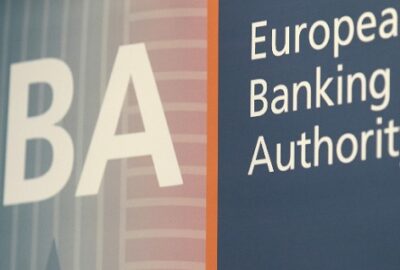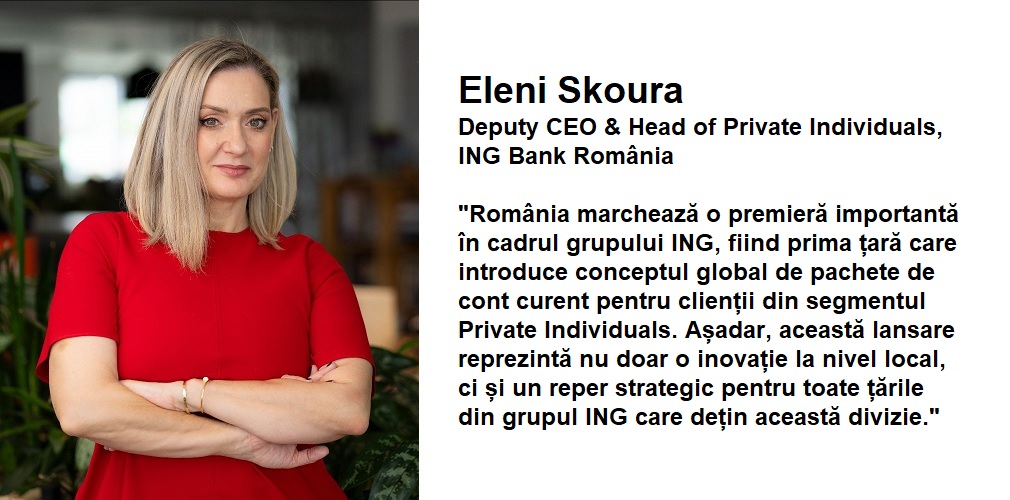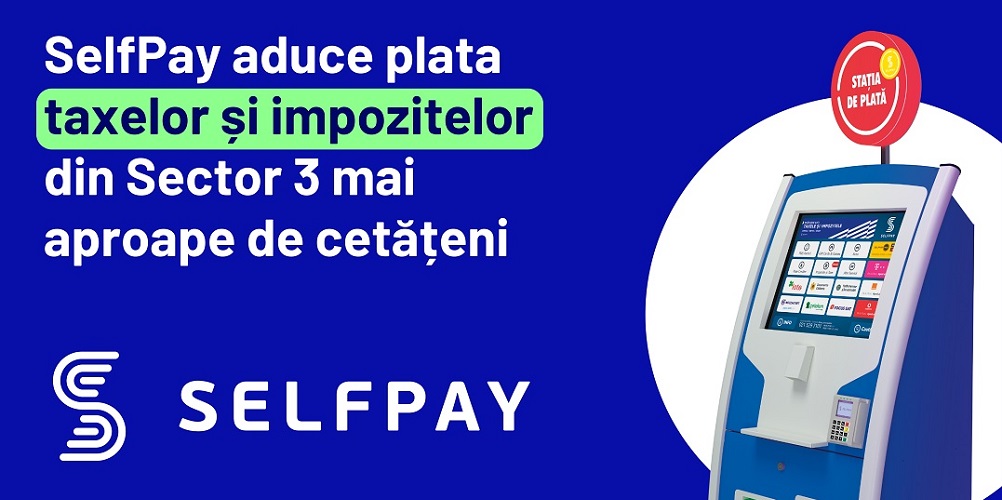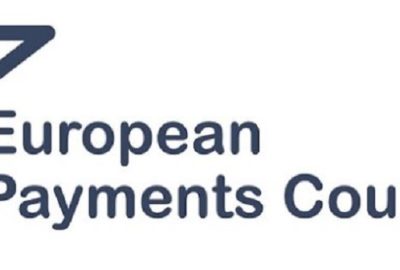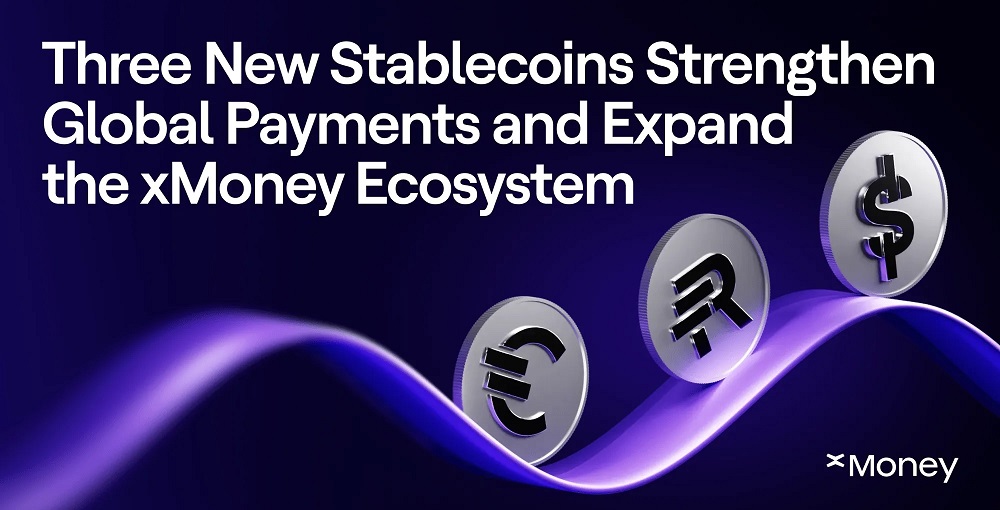Study: digital-only banks are losing appeal globally

Overall appetite for digital-only providers has declined by 11% globally, including in major emerging markets – China and India. Global appetite for digital-only main bank provider has decreased from 50% to 44%.
Latest research from global FS intelligence specialist, RFi Group, shows that interest in digital-only offerings is waning, whilst trust as a commodity for banks is increasing in value.
RFi Group’s latest half-yearly “Global Digital Banking Report” for H2 2017 shows that although digital usage in banking around the globe continues to grow (the proportion of consumers using digital channels rose from 58% in H1 2017 to 68% in H2 2017), consumers are moving more towards the digital channels of traditional players, rather than the digital-only challengers who have enjoyed significant market attention and consumer interest over the past few years.
While consumers showed substantial interests in digital-only banks in previous studies, global appetite for digital-only providers fell from 74% in H1 last year to 63% in H2, and appetite for digital-only Main Bank has also dropped from 50% to 44%.
RFi Group’s Global Digital Banking Report identifies these trends, providing banks the knowledge to build a more sustainable business model and modify their existing channels, platforms and offerings.
“The findings suggest that traditional banks which continue to ‘up their game’ in engaging consumers digitally will likely be the ones to benefit in the near future,” said Charles Green, CEO of RFi Group. “Consumers are becoming more sophisticated when it comes to digital banking, their needs will continue to change and while this happens we are seeing them lean towards a model that provides channel choice which includes both the traditional, and more recent offerings.”
In the UK, consumers’ comfort level with a digital-only provider dropped significantly in the last six months; in H1 2017, 78% said they were ‘comfortable with digital-only providers’, while the latest study from H2 shows only 54% remain supportive.
Green continued, “According to the research, digital is a pull factor as opposed to a push factor for consumers when it comes to banking, with a positive customer experience driving increased engagement, yet a bad experience not in fact driving customers away. Not having the latest technological offerings is not going to cause severe damage to financial institutions just yet but the gap is closing.”
Another advantage that traditional banks currently have is their perceived reliability when it comes to private data, with the study showing that trust is the gold currency of the traditional banking player. In fact, the banks are the most trusted organisations – across industry – when it comes to holding and maintaining privacy and security of personal information globally. Further, this trust is increasing. In fact, trust in banks holding and maintaining privacy and security of personal information has increased from 31% globally in H1 to 42% in H2, while trust in technology companies has hardly increased and trust in new technology companies has declined. 49% of consumers trust that their bank can ‘keep my money safe’, while the trust in technology companies is significantly lower, standing at 27% globally.
Green continued “This is critical for Open Banking, which means that the initiative could be an opportunity for banks to effectively own the ecosystem, as opposed to levelling the playing field as regulators had potentially intended.”
The findings of the study also go on to show which digital features are worth focusing on for financial institutions. In the UK, viewing balance without logging in and fingerprint login are in the top 3 most popular features across digital channels for consumers, however these are already regarded as hygiene factors. Meanwhile, on a global basis, P2P payments usage has increased by 10% over the last 6 months, which is the most out of all tasks performed via digital channels.
Personal finance management tools within digital channels are appealing across all generations and markets, however, paper and pen (28%) followed by spreadsheets (25%) are two most common ways that consumers are currently managing their finances. Over 80% globally want these tools from their bank compared to less than 10% from other providers, which shows a huge opportunity for banks over their digital-only competitors.
These tools are just one way in which banks could seek to drive digital engagement, which in turn, according to the study, will lead to greater profitability. RFi Group’s study shows that the most frequent users of digital banking hold the most products and have the greatest appetite for additional products and services.
Across the globe, the proportion of consumers logging in at least once per week to digital banking has grown from 58% to 68% in 2017, which is a good signal of digital engagement. Further, within this digitally engaged segment, consumers that use digital banking on a daily basis are on the rise, increasing from 24% to 34% globally, and this is good news for banks.
Digitally engaged consumers hold on average 3.9 unique banking products compared to 3.5 for less digitally engaged consumers and will take out 1.5 new products in the next six months compared 1.0 for the less digitally engaged. In addition, the digitally engaged consumers have an NPS (a key performance metric for banks globally) of +30 compared to +15 with their main bank.
On Wednesday 7th March 2018, in line with their global research expertise, RFi Group will also launch their Official Podcast: http://www.globaldigitalbanker.com/ focusing on key trends, market insights and thought leadership, the podcast will provide deep and detailed insight into the dynamic world of digital banking.
About the Global Digital Banking Council
The Global Digital Banking Council H2 17 study was fielded in ten markets between October and November 2017. The markets covered in this ongoing study are: Australia, Canada, China, France, Hong Kong, India, Mexico, Singapore, UK & US. In total over 1,000 consumers were interviewed online in each market. Survey respondents form a nationally representative sample of the banked population.
Respondents in China and India represent the urban banked population. Basic quotas were applied to ensure that respondents are representative of the banked population by age, gender, region and income. To qualify as ‘banked’ respondents must hold a minimum of one banking product with a financial institution in their local market. Where appropriate, significance testing at the 95% confidence level has been conducted.
Significant differences have been marked throughout the report. Results have a margin of error of ±2%. For single response questions, totals may not add up to 100% due to rounding, while for multi-response questions, totals do not add to 100% as respondents could choose more than one response.
Dariusz Mazurkiewicz – CEO at BLIK Polish Payment Standard
Banking 4.0 – „how was the experience for you”
„To be honest I think that Sinaia, your conference, is much better then Davos.”
Many more interesting quotes in the video below:


